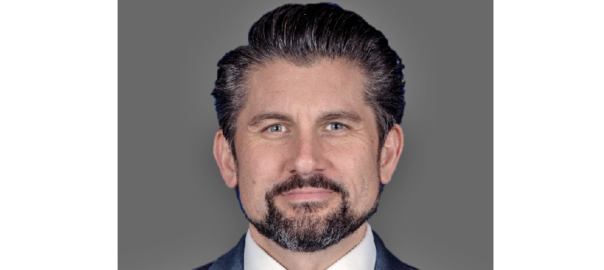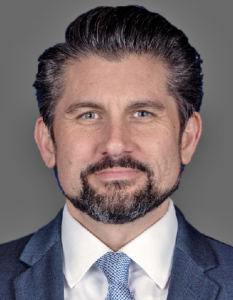
More than One Million Reasons to Make Education the Top Issue in This Year’s Mayoral Race
As voters prepare to choose New York City’s next mayor, education—despite being the cornerstone of the city’s economic, civic, and social future—barely registers on the radar of priorities.
The next mayor will inherit a city grappling with rising costs, public safety concerns, and shifting federal priorities—but none of these challenges can be addressed without a strong, functioning education system at the core.
Yet the education system itself continues to struggle with deep, long-standing challenges.
Public school enrollment in New York City has declined by more than 100,000 students over the past decade. One striking data point comes from a New York City Department of Education survey, finding that over 40% of families pulling their children from public school cited a desire for more rigorous instruction. In effect, families are voting with their feet.
From a glass-half-full perspective, the recent uptick in New York City’s grade 3–8 reading and math scores is encouraging. However, those improvements coincided with the state lowering proficiency thresholds—and even then, more than four out of ten students failed to meet minimum standards. And averages don’t tell the full story. In many New York City schools, especially those serving high-need populations, the numbers are far more troubling—with as many as eight in ten students failing to meet basic proficiency.
At the same time, New York City’s per-student spending has reached nearly $37,000 and continues to climb each year. That’s already the among the highest in the nation and more than double the national average.
Something isn’t adding up.
Education can’t be an afterthought to affordability and public safety in this mayoral campaign. We need to reestablish high expectations and stay relentlessly focused on expanding student opportunity and improving outcomes—not simply to boost test scores, but because it is both a moral obligation and an economic necessity.
Mayor Adams has taken several meaningful steps to improve the system. He implemented a standardized, phonics-based reading curriculum citywide—a much-needed shift toward evidence-based instruction—and launched a similar initiative to strengthen math instruction across all grades. He also began piloting financial literacy as a high school graduation requirement, reflecting a growing recognition that students need real-world skills in addition to math and reading. These changes matter—and New York City must build on them with a comprehensive plan to address its broader education challenges.
Passover may be months away, but these four questions could shape the future of public education in New York City.
Educational excellence must be at the heart of the city’s agenda—and that includes how the school system is governed. In New York City, the mayor holds significant authority over the public school system. The model of mayoral control, adopted in 2002, was intended to bring coherence, urgency, and clear lines of accountability to a system long plagued by fragmentation and bureaucracy. New York is not alone—cities such as Boston, Chicago, Cleveland, and Washington, D.C., have adopted similar models, with varying degrees of authority. With mayoral control in New York City set to expire in 2026, the time is now for a serious conversation about the future of school governance. Should mayoral control be renewed as-is, reformed, or replaced with a new governance structure?
Universal Pre-K was a major achievement—but adequately delivering on more robust early intervention and special education services remains elusive. Research shows that achievement gaps begin before a child ever steps into a kindergarten classroom—and without strong early education, those gaps only grow wider over time. How will a candidate ensure these services are treated not as optional add-ons, but as essential rights—with real accountability for delivering results?
A recent report by the New York State Comptroller found that only 55% of high school graduates were college ready. New York’s specialized high schools are among the best in the nation, yet they serve only a small fraction of students—roughly 26,000 applications for 4,000 slots. What is the candidate’s plan to expand access to high-quality, rigorous, career-connected schools across all five boroughs—in fields like STEM, the trades, the arts, and the green economy—and how do they envision modernizing the curriculum to better bridge the gap between K–12, college, and career?
Behind every great student is an exceptional educator. Yet, given the longstanding staffing challenges—particularly in special education, hard-to-fill subject areas, and underserved schools—now compounded by the new class size mandate, how do the candidates plan to recruit and retain highly qualified educators?
Education, though essential to New York City’s future, has been largely absent from the mayoral conversation. But nearly a million students are at stake—and when education falters, the entire city pays the price.
Jim Malatras is a professor at SUNY Empire State University and the Chief Strategy Officer and Senior Vice President for Education at Fedcap. He is the former Chancellor of the State University of New York, and has served as Chairman of the New York State Reimagine Education Advisory Council; a member of the American Council on Education’s National Task Force on the Transfer of Credit; Executive Director of the New NY Education Reform Commission; and Director of Operations for New York State.

